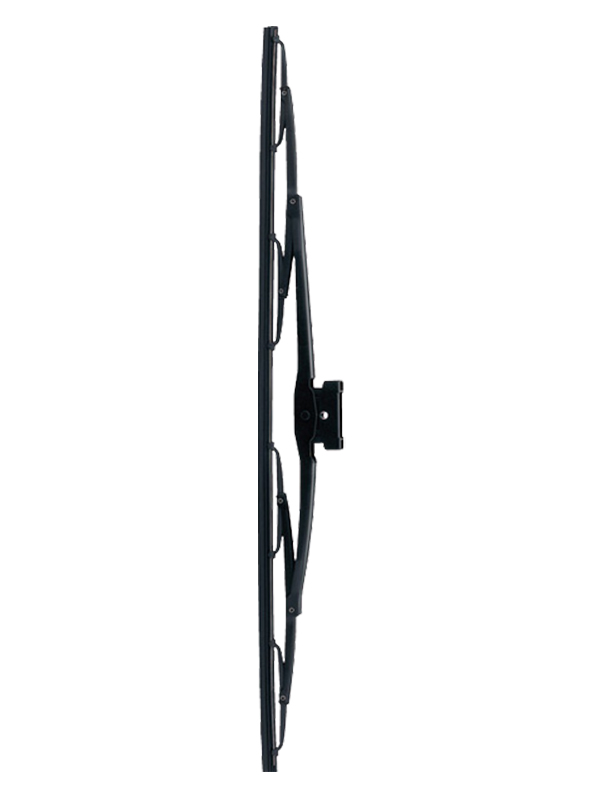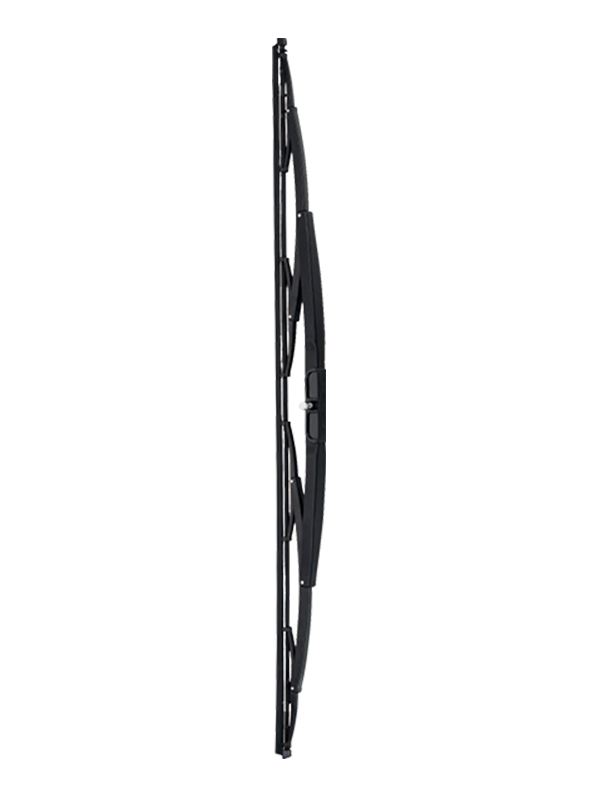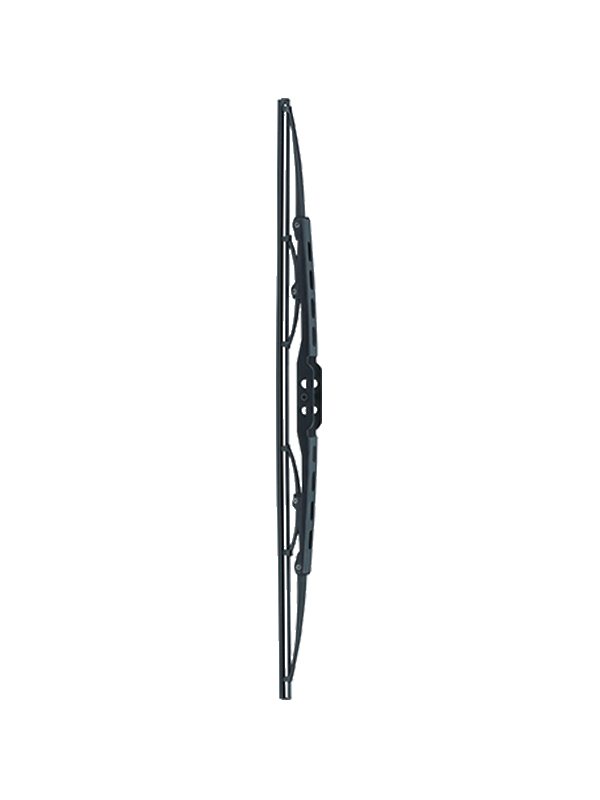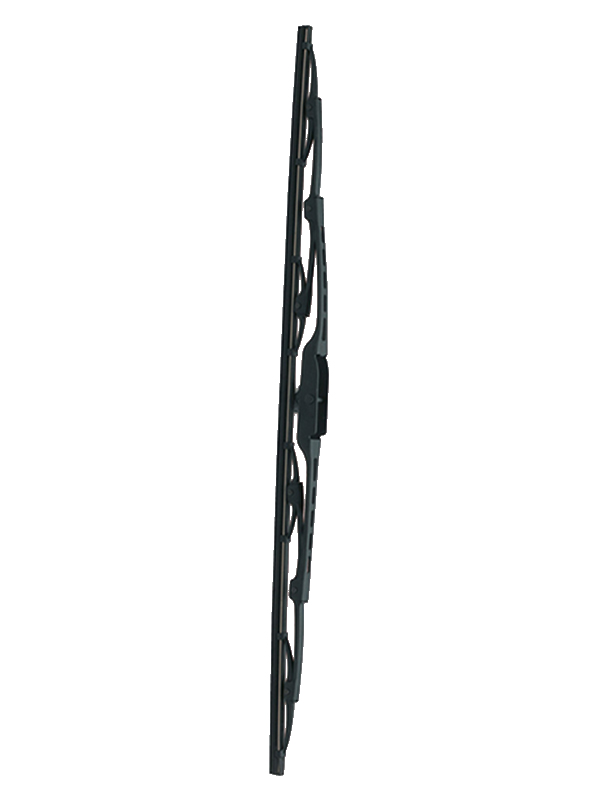Submit feedback
Flat Wiper Technology: How It Improves Your Driving Safety

Introduction
In modern driving, visibility plays a critical role in ensuring safety. Whether navigating through rain, snow, or fog, drivers rely heavily on windshield wipers to maintain a clear view of the road. Traditional conventional wipers, while effective, have limitations in performance, longevity, and efficiency. Over the past decade, flat wiper technology has emerged as a significant improvement, providing drivers with enhanced visibility, improved aerodynamics, and longer-lasting performance.
Understanding Flat Wiper Technology
Flat wipers, also known as beam wipers, differ fundamentally from conventional bracket-style wipers. Unlike traditional wipers, which have multiple pressure points supported by a metal frame, flat wipers feature a single, continuous beam that distributes pressure evenly across the windshield. This design eliminates gaps and reduces streaking, resulting in cleaner and more consistent wiping performance.
Key Components and Features of Flat Wipers
| Component | Function | Advantage |
|---|---|---|
| Flexible rubber blade | Direct contact with windshield | Reduces streaks and noise |
| Aerodynamic frame | Minimizes wind lift at high speeds | Maintains consistent contact |
| Integrated connector | Simplifies installation | Ensures secure attachment |
| Even pressure distribution | Beam design along the entire length | Provides uniform wiping and longer lifespan |
Flat wipers are designed with precision to ensure that every part of the blade maintains contact with the windshield. This design innovation is particularly important for modern curved windshields, where conventional wipers can leave uncleaned areas.
Driving Safety Benefits
One of the significant advantages of flat wipers is the enhancement of driving safety. Reduced streaks, improved contact, and adaptability to varying windshield curves ensure that drivers have visibility in adverse weather conditions.
Improved Visibility in Rain
Rain significantly affects driving safety, and conventional wipers can struggle to remove water efficiently during heavy downpours. Flat wipers, with their aerodynamic design, reduce water accumulation on the windshield and provide smoother, faster wiping action.
Enhanced Performance in Snow and Ice
In winter conditions, flat wipers are less prone to ice buildup due to their low-profile design. Their beam structure prevents snow and ice from accumulating on the frame, which can impair visibility in conventional wipers.
Reduced Wind Noise and Vibration
When driving at high speeds, traditional windshield wipers often lift or vibrate, resulting in uneven wiping and distracting noise. Flat wipers’ aerodynamic shape reduces wind lift and vibration, resulting in quieter operation and uninterrupted visibility.
Longevity and Reliability
Flat wipers typically have longer lifespans compared to conventional wipers. The even pressure distribution along the blade reduces wear and tear, minimizing the risk of sudden failure. Regular performance over time ensures that drivers remain safe without frequent replacements.
| Feature | Conventional Wiper | Flat Wiper |
|---|---|---|
| Contact pressure | Uneven, with multiple points | Even along entire blade |
| Wind resistance | Higher, prone to lift | Low, aerodynamic design |
| Streaking | More likely | Minimal |
| Lifespan | Shorter | Longer |
| Noise | Higher at speed | Reduced |
Flat Wiper Installation and Maintenance
Proper installation and maintenance are crucial for ensuring performance. Flat wipers are designed with universal connectors, allowing for straightforward replacement. Regular inspection of the blade, rubber quality, and wiper arm tension ensures consistent performance.
Installation Tips
Lift the wiper arm carefully to avoid damaging the windshield.
Attach the flat wiper blade using the integrated connector until it clicks securely.
Test the wiper to confirm full range movement without obstruction.
Maintenance Recommendations
Clean the blade regularly with a soft cloth to remove dirt and debris.
Replace the flat wiper at least once every 12 months or when streaking occurs.
Avoid using the wiper on a dry windshield for prolonged periods to prevent premature wear.
Comparative Advantages Over Conventional Wipers
While conventional wipers have served drivers for decades, flat wipers provide tangible benefits in modern driving contexts.
Adaptability to Curved Windshields: Modern vehicles often feature curved windshields for aerodynamic efficiency. Flat wipers conform better to these shapes, ensuring no gaps are left.
Aerodynamic Efficiency: The low-profile design reduces drag and noise, enhancing driving comfort.
Consistent Contact Pressure: Even distribution of pressure across the blade prevents uneven wear and improves wiping efficiency.
Reduced Maintenance Frequency: Longer lifespan reduces the need for frequent replacements, offering convenience and cost savings.
Application Scenarios
Flat wipers are particularly advantageous in the following conditions:
Heavy rain and storms
Snowy and icy environments
High-speed highway driving
Vehicles with panoramic or curved windshields
| Scenario | Conventional Wiper Performance | Flat Wiper Performance |
|---|---|---|
| Heavy rain | Streaking common | Smooth and clean |
| Snow/ice | Prone to freezing | Reduced buildup |
| High speed | Lift and vibration | Stable and quiet |
| Curved windshield | Partial contact | Full contact |
Technological Advancements in Flat Wipers
Ongoing innovations in materials and design have further enhanced flat wiper performance. Advanced rubber compounds improve resistance to cracking, while reinforced beams increase durability. Some designs incorporate hydrophobic coatings that repel water and improve wiping efficiency.
High-flow drainage channels integrated into flat wipers accelerate water removal, preventing pooling and streaks. Moreover, some wipers feature dual-material blades, combining soft rubber for gentle contact with stiffer cores for structural stability. These features ensure flat wipers meet modern demands for driving safety and comfort.
Environmental and Cost Benefits
Flat wipers are not only safer but also more environmentally friendly. Longer lifespans reduce waste from frequent replacements, while improved wiping efficiency minimizes water usage for windshield cleaning. Economically, their durability translates into reduced long-term costs for vehicle owners.
Conclusion
Flat wiper technology represents a significant advancement in vehicle safety and performance. By providing uniform contact, reducing streaks, and maintaining visibility in adverse conditions, flat wipers directly contribute to driving safety. With their aerodynamic design, longer lifespan, and adaptability to modern windshields, flat wipers are increasingly becoming a preferred choice over conventional wipers.
Investing in high-quality flat wipers ensures that drivers experience improved visibility, reduced noise, and greater confidence in challenging weather conditions. For modern vehicles, flat wipers are no longer just an accessory—they are an essential component for safe and reliable driving.


 English
English  中文简体
中文简体 










